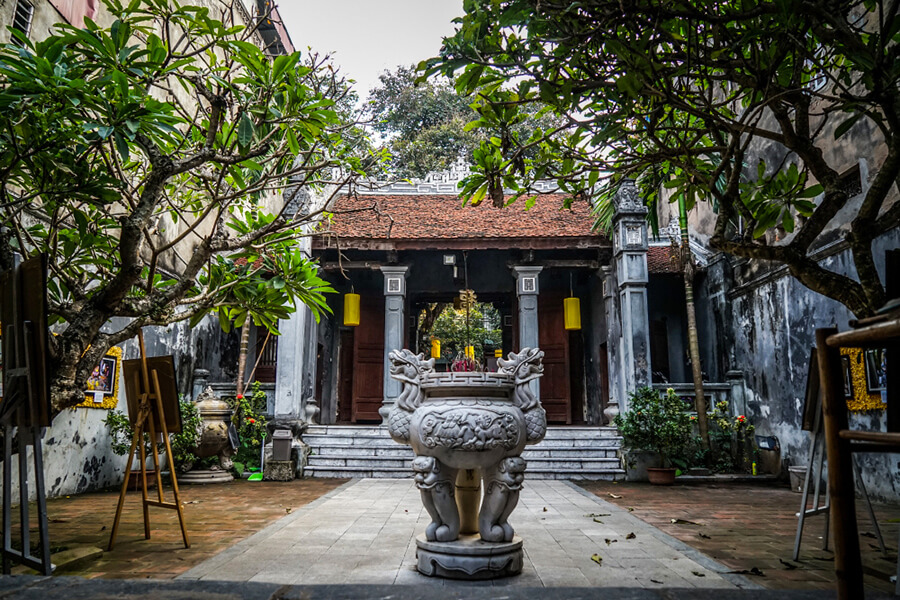No products in the cart.
Hanoi Tourist Attractions - Best Places to Visit in Hanoi
Kim Ngan Temple – A Historical Legacy of Vietnamese Craftsmanship
Located on Hang Bac Street, Kim Ngan Temple is a revered place of worship with a history spanning 700 years. It stands as a testament to Vietnam’s cultural heritage and showcases impressive architectural beauty, reflecting the nation’s skilled craftsmanship and rich history. Kim Ngam temple is one of the spiritual attractions in Hanoi you should spend a visit after the most popular.
History of Kim Ngan Temple
Kim Ngan Temple has a rich history that dates back to a significant period during the reign of a revered ruler. It was constructed to honor ông tổ bách nghệ, the guardian of artisans and skilled workers in Vietnamese society. Throughout the years, the temple has undergone renovations and expansions to adapt to changing architectural styles and cultural influences. Nevertheless, it has retained its distinct charm and spiritual significance, attracting devotees and visitors from near and far.
Kim Ngan, which translates to “Silver and Gold” in Vietnamese, was established by silversmiths from Chau Khe village in Hai Duong province. Guided by Mr. Luu Xuan Tin, a Mandarin during the reign of King Le Thanh Tong, the village engaged in silver casting for the royal court. Originally serving as a hub for silver exchange and trade, Kim Ngan gradually evolved into a gathering place for vocational training and became a testament to the growth of the craft street in the ancient Thang Long citadel.
The temple’s primary purpose was to pay homage to Mr. Hien Vien, considered the progenitor of traditional crafts. Later, Mr. Luu Xuan Tin was also revered within the temple as a gesture of gratitude for his assistance in establishing the Chau Khe community’s business in the old citadel. Consequently, locals commonly refer to Kim Ngan as “Hai Ong,” symbolizing the worship of two men.
The Structure of Kim Ngan Temple
Built during the Late Le Dynasty in the 15th century, the Kim Ngan Communal House is a remarkable example of a traditional village communal house. It features a ritual gate, courtyard, grand assembly hall, and inner sanctum. The communal house proudly displays intricate carvings, meticulously crafted by skilled carpenters, bricklayers, and goldsmiths.
Today, the communal house spans an area of 575 square meters. The central altar is dedicated to Hien Vien, the ancestral figure associated with the birth of traditional crafts. Despite its location in the narrow and developed old town area, Kim Ngan Communal House remains a spiritual and historical site.
This cultural hub hosts various activities, including exhibitions and performances of Ca Tru, a traditional form of Vietnamese folk singing, every Wednesday, Friday, and Sunday evening. Recognized as a national architectural monument in 2012, Kim Ngan Communal House is a must-visit destination when exploring Hanoi’s old quarter.
Kim Ngan Temple serves as a vibrant cultural and spiritual center, captivating visitors with its architectural beauty and traditional Vietnamese crafts. Through regular ceremonies, events, and workshops, the temple plays a crucial role in preserving and promoting Vietnam’s cultural heritage. As an esteemed landmark, it symbolizes the enduring legacy of Vietnamese craftsmanship and holds significant meaning for generations to come.

